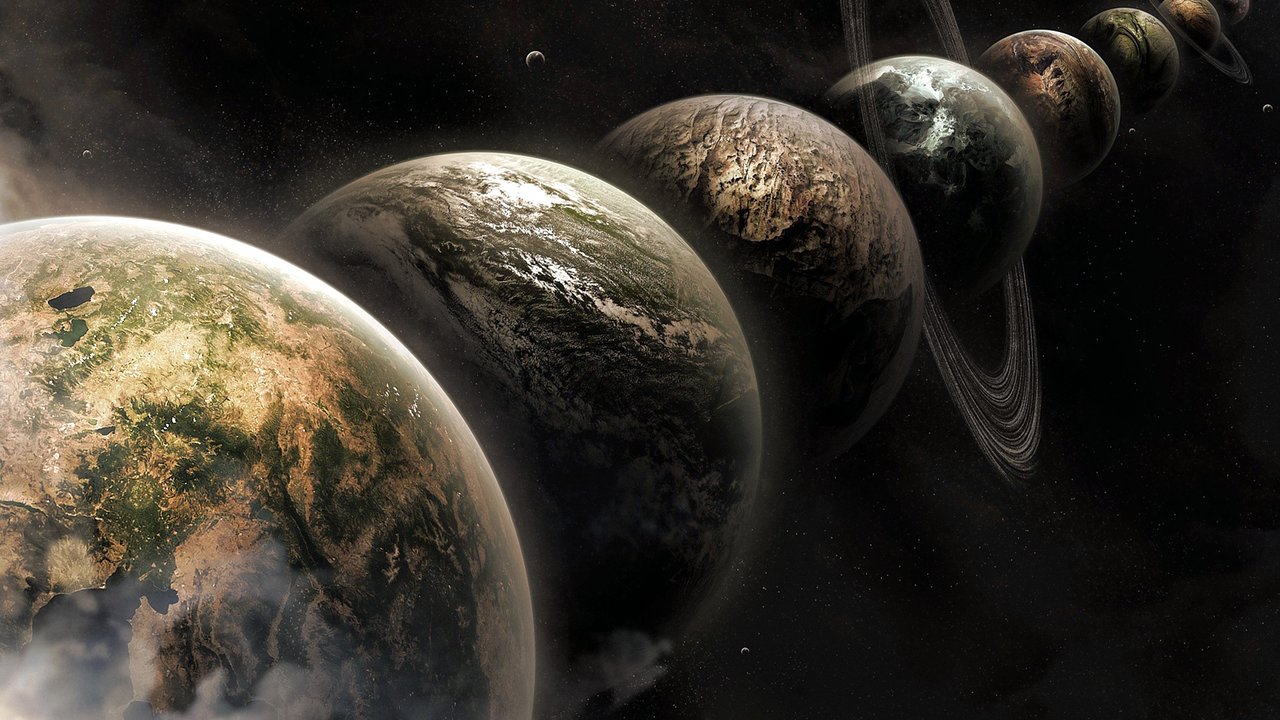The Possibility of Parallel Universes
Exploring the Multiverse
Einstein’s theory of general relativity describes spacetime being curved by massive objects within it. While this theory accurately predicts phenomena like gravitational lensing and the orbit of Mercury, it raises a fundamental question - is our observable universe all that exists? Theories stemming from quantum mechanics and cosmology have led scientists to hypothesize that our universe may be one among many parallel universes collectively called the multiverse paradigm. Let us explore some of these intriguing theories.
Infinite Spacetime
If spacetime truly extends infinitely, then given the finite number of ways particles can be arranged, matter must repeat itself periodically forming replicas of the observable universe. Each replica would constitute an independent universe emerging from the same physical laws but evolving separately in its remote region of infinite spacetime. While the probability of encountering an exact duplicate may be low, replicas could in principle exist indefinitely dispersed across infinite spacetime.

Adjacent Bubble Universes
Eternal inflation theorizes some regions stop inflating after the Big Bang while others continue, isolating expanding “bubble universes” within an eternally inflating spacetime. Our observable cosmos may be such a bubble, with other bubbles possibly governed by distinct physical constants. Separated initially by inflating spacetime, these bubbles could form a linked multiverse residing in the same higher dimensional reality. Though separated, inflationary dynamics may cause bubbles to collide eons from now, merging separate universes.
Parallel Realities
The many-worlds interpretation deduced from quantum mechanics postulates that every possible quantum outcome is actualized in parallel universes. Whenever a quantum interaction allows multiple outcomes, reality branches creating parallel worlds corresponding to each possible result. Over cosmic spans of time, an immense number of parallel realities could have emerged through innumerable quantum branchings, with tiny divergences accumulating into macroscopically distinct universes. While never interacting, all possibilities envisioned by quantum theory could have manifested in some parallel world.
Higher Dimensional Structure
String theory proposes the universe has more than the familiar three dimensions of space plus time. Extra dimensions could exist but remain undetected due to being folded up on an infinitesimal scale. Meanwhile, brane cosmology models our observable universe as a lower dimensional brane floating within a higher dimensional bulk. Collisions between brane worlds in the bulk might generate successive cosmic epochs resembling Big Bangs. A proliferation of brane worlds could then populate a higher dimensional multiverse in which our observable cosmos resides in a four-dimensional spacial slice.
Evidence for Parallel Worlds
While the multiverse remains speculative, some hypotheses are founded on empirical paradigms like inflation and quantum mechanics. Recent cosmological discoveries have also been invoked by some to provide indirect support. Let us examine some proposed observational evidence.
Flatness Problem Resolution
Inflation elegantly explains the near-Euclidean geometry and large-scale uniformity of the observable cosmos. By rapidly expanding a tiny infant universe, inflation drives the universe to be spatially flat, homogeneous and isotropic on cosmic scales - in agreement with astronomical observations. Some theorists argue inflation necessarily seeded an unbounded multiverse, with varied regional outcomes inevitably populating such a cosmic landscape.
Anthropic Coincidences
If physical parameters like the cosmological constant were even slightly different, life as we know it may not have evolved. The precisely tuned conditions allowing for complex biochemistry and astronomical structures seems too fortuitous, leading some to argue our observable conditions were selected from a larger multiverse populated with mutually exclusive parameter sets.
CMB anomalies
Patterns imprinted in the cosmic microwave background map reveal correlations and irregularities over scale much larger than causally connected. Some interpret these as evidence our observable universe originated from a prior aeon in a cyclic multiverse model. Colliding with our parent universe could have imprinted relic features from earlier cycles now seen as CMB anomalies defying conventional cosmology. However, critics argue forthcoming data or alternate single universe models may yet explain the anomalies.
Challenges for the Multiverse
While the multiverse paradigm resolves some conceptual issues in physics and our cosmic habitat, several challenges to the idea persist.
Untestable Hypotheses
Parallel universes by definition lie beyond observational reach, perhaps forever. Proposed models remain untestable and difficult to differentiate from single universe alternatives. Lacking means for empirical validation, multiverse conjectures risk being unfalsifiable and non-scientific. Critics argue philosophy but not physics is being practiced in some multiverse conceptualizing.
Complexity versus Simplicity
Adding additional universes and higher dimensions greatly increases cosmological complexity with no compelling need, violating Occam’s razor. It remains debatable if multiverse conjectures genuinely simplify existing problems or just displace them to a larger more convoluted context escaping experimental verification. Some argue inflation or quantum weirdness alone suffice without multiverse embellishments.
Measure Problem
Within an endless or extremely large multiverse, almost any physical possibility could statistically occur somewhere, with zero probability elsewhere. This causes issues of applicability and meaningfulness - how can probabilities be ascribed to events within infinitely many unrealized universes? No agreed solution exists for deriving a measure aligning with our observable universe within a speculative immeasurable infinity.
Conclusions
The multiverse, while attractive theoretically, pushes cosmological hypotheses to an unprecedented scale as of yet beyond experimental scrutiny. Whether parallel worlds exist will remain unknown unless discoveries are made allowing glimpses beyond our cosmic horizon. For now scientific consensus prefers falsifiable models aligning with observations over abstract untestable scenarios. While broadening vistas of reality, a prudent reliance on evidence tempersMULTIVERSE. Continuing cosmological research may one day bring the multiverse within reach of science or steer speculation toward observationally grounded theories, helping determine reality or fantasy of parallel worlds. Either way intriguing possibilities motivate expanding the frontiers of knowledge.
